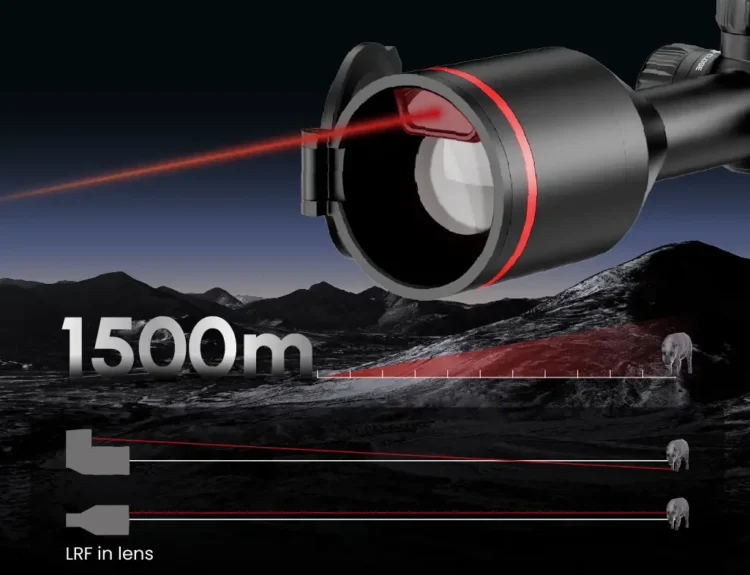Sustainable urban mobility is a crucial aspect of modern city planning and development. As cities continue to grow in size and population, the need for efficient, environmentally friendly, and accessible transportation systems becomes more important. One element that has gained significant attention in recent years in relation to sustainable mobility is the concept of בקשה לתו חניה, or parking permits. In this article, we will explore how תו חניה contributes to sustainable urban mobility, helping to optimize traffic flow, reduce pollution, and enhance the quality of life for urban residents.
What is תו חניה?
The term תו חניה refers to a parking permit or parking badge that is issued by municipal authorities to residents, businesses, or visitors. These permits allow individuals to park in designated areas within a specific zone or neighborhood. Typically, the issuance of תו חניה is intended to manage the availability of parking spaces, prevent congestion, and ensure that only authorized individuals can park in certain areas. Parking permits can vary in terms of duration, location, and price, depending on the city’s regulations and needs.
The Growing Need for Sustainable Urban Mobility
As cities expand and populations increase, urban transportation systems face numerous challenges. High traffic volumes, limited parking spaces, and the environmental impact of traditional car usage are just a few of the issues that urban planners are tasked with addressing. Sustainable urban mobility aims to create transportation systems that meet the needs of both current and future generations while minimizing negative environmental impacts. This includes promoting the use of public transportation, cycling, walking, and other alternative modes of transport, as well as reducing the reliance on private cars.
One of the key goals of sustainable mobility is to create a system where private car use is minimized, and more eco-friendly alternatives are encouraged. However, achieving this goal requires a careful balance between providing enough parking for residents and visitors while discouraging unnecessary car use.
How תו חניה Contributes to Sustainable Urban Mobility
Reducing Traffic Congestion
One of the most immediate benefits of תו חניה is its ability to reduce traffic congestion. In urban areas with limited parking, drivers often circle the streets looking for a parking spot, leading to unnecessary traffic, longer commute times, and higher levels of pollution. By issuing תו חניה, municipalities can ensure that parking spaces are reserved for those who genuinely need them, such as residents or businesses within a specific area.
With limited parking available for non-residents or non-permit holders, individuals may be more likely to opt for public transportation or other sustainable modes of transport rather than driving around in search of parking. This not only alleviates congestion but also contributes to the overall goal of reducing car dependency in urban areas.
Promoting the Use of Public Transport
Another important aspect of sustainable urban mobility is the promotion of public transport. Cities that invest in public transportation systems often face the challenge of convincing residents to use these systems instead of relying on private vehicles. The issuance of תו חניה can play a significant role in this process. By limiting the availability of parking in certain areas, municipalities encourage residents and visitors to consider public transportation as a viable alternative.
When parking is limited, people are more likely to rely on buses, trains, or other forms of mass transit to get to their destinations. This not only reduces the number of cars on the road but also decreases the demand for additional parking infrastructure, which can be expensive and environmentally taxing to build and maintain.
Encouraging Active Transportation
Sustainable urban mobility is not just about reducing car use; it also involves encouraging alternative forms of transportation, such as walking and cycling. תו חניה can contribute to this by reallocating parking spaces to create safer pedestrian and cycling pathways. In areas where parking is scarce, the space that would have been used for parking cars can be repurposed for bike lanes, walking paths, or even green spaces.
In addition to making cities more walkable and bike-friendly, the limited availability of parking encourages individuals to consider healthier transportation options. When people are unable to find convenient parking close to their destination, they may opt to walk or bike instead, improving both their health and the environment.
Reducing Pollution and Emissions
One of the most pressing concerns in urban transportation is the environmental impact of private car use. Cars are a significant source of air pollution, contributing to smog, greenhouse gas emissions, and other environmental issues. By reducing the number of cars on the road through strategies like the implementation of תו חניה, cities can lower their overall emissions and improve air quality.
With fewer cars driving around in search of parking, traffic congestion decreases, leading to lower levels of vehicle emissions. Moreover, as people shift to more sustainable modes of transport, such as public transit, cycling, or walking, the demand for fossil fuels decreases, further reducing the carbon footprint of the city.
Supporting the Transition to Electric Vehicles
As the world moves toward a more sustainable future, the adoption of electric vehicles (EVs) is seen as a key strategy for reducing the environmental impact of transportation. תו חניה can play a role in supporting this transition by reserving parking spaces for electric vehicles and providing access to charging infrastructure.
In many urban areas, charging stations for electric vehicles are limited, and drivers may find it difficult to locate a charging point when they need one. By integrating EV parking spots into the תו חניה system, municipalities can make it easier for drivers to find charging stations, encouraging more people to invest in electric vehicles and further supporting the goal of reducing carbon emissions.
Enhancing Urban Livability
Ultimately, sustainable urban mobility is about making cities more livable for their residents. Traffic congestion, pollution, and the lack of available parking can all detract from the quality of life in urban areas. By using תו חניה to regulate parking and encourage alternative modes of transportation, cities can create more pedestrian-friendly, eco-friendly, and vibrant environments.
When parking is managed effectively, and sustainable transportation options are promoted, urban areas become more enjoyable places to live, work, and visit. People can move around the city more easily, reducing stress and improving their overall experience. This, in turn, contributes to greater economic and social well-being, making the city a more attractive place for residents and tourists alike.
Conclusion
The implementation of תו חניה plays a significant role in advancing sustainable urban mobility. By managing parking spaces effectively, cities can reduce traffic congestion, promote public transportation, encourage active transportation, and reduce pollution. As urban areas continue to grow, the need for sustainable transportation solutions will only increase, and תו חניה will continue to be an essential tool in achieving these goals. Through strategic planning and the thoughtful integration of parking permits, municipalities can create more sustainable, livable, and environmentally friendly cities for future generations.

